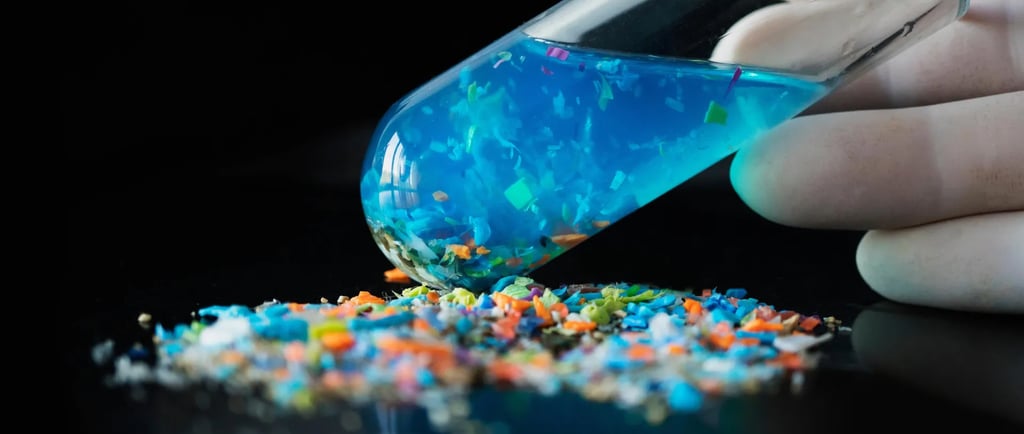The Alarming Discovery of Microplastics in Human Bones: Implications for Health
9/25/20252 分钟阅读


Introduction to Microplastics
In a striking revelation, scientists have unearthed microplastics deep within human bones, raising troubling questions about the impact of plastic pollution on human health. Microplastics, tiny particles measuring less than five millimeters, primarily originate from the degradation of larger plastic items, such as bottles, bags, and synthetic fibers. These omnipresent pollutants find their way into our ecosystems, leading to grave concerns as they breach the barriers once thought to protect human well-being.
Research Findings and Methodology
The findings emerged from a comprehensive study involving advanced imaging technologies and chemical analysis, aimed at examining skeletal remains with a history of suspected exposure to environmental contaminants. Researchers identified microplastic particles embedded in bone tissues, a discovery that is both groundbreaking and alarming. The analysis highlighted various types of plastics, including polyethylene, polystyrene, and polyvinyl chloride, linking them to items frequently used in consumer products.
Health Implications of Microplastics in Bones
This astonishing discovery calls for urgent attention, as the presence of microplastics in human bones might suggest a pathway for harmful substances to infiltrate the body's systems. Potential health implications could range from inflammation and immune responses to more severe conditions, including systemic toxicity and endocrine disruption. Furthermore, the long-term impacts of microplastic accumulation remain largely unknown, making it essential to investigate the extent of their influence on human physiology.
The Path Forward: Research and Policy Recommendations
Given the increasingly evident risks posed by microplastics, it is crucial for scientists, policymakers, and the public to work collaboratively in addressing this environmental crisis. Further research is needed to ascertain the mechanisms through which microplastics enter the human body and their subsequent effects on health. Public health authorities should initiate targeted studies to better understand the exposure routes and develop effective prevention strategies.
Additionally, policymakers must enforce stricter regulations on plastic production, usage, and waste management to mitigate the dissemination of microplastics in various ecosystems. Public awareness campaigns can also play a pivotal role in educating individuals about the dangers of plastic pollution and promoting alternative, sustainable practices.
Conclusion
In conclusion, the detection of microplastics within human bones presents a significant health concern that warrants immediate attention and action. As this ongoing discourse highlights the intersection of environmental science and public health, it serves to remind us of our collective responsibility to safeguard our future by addressing plastic pollution effectively. The time to act is now, as the implications of these findings could reshape our understanding of human health in an era dominated by plastic materials.
Learn More
Expert advice for a longer, healthier life.
© 2025. All rights reserved.
Use code "Welcome10"

